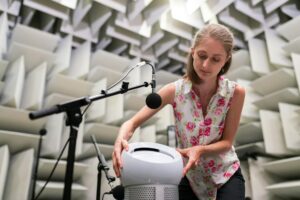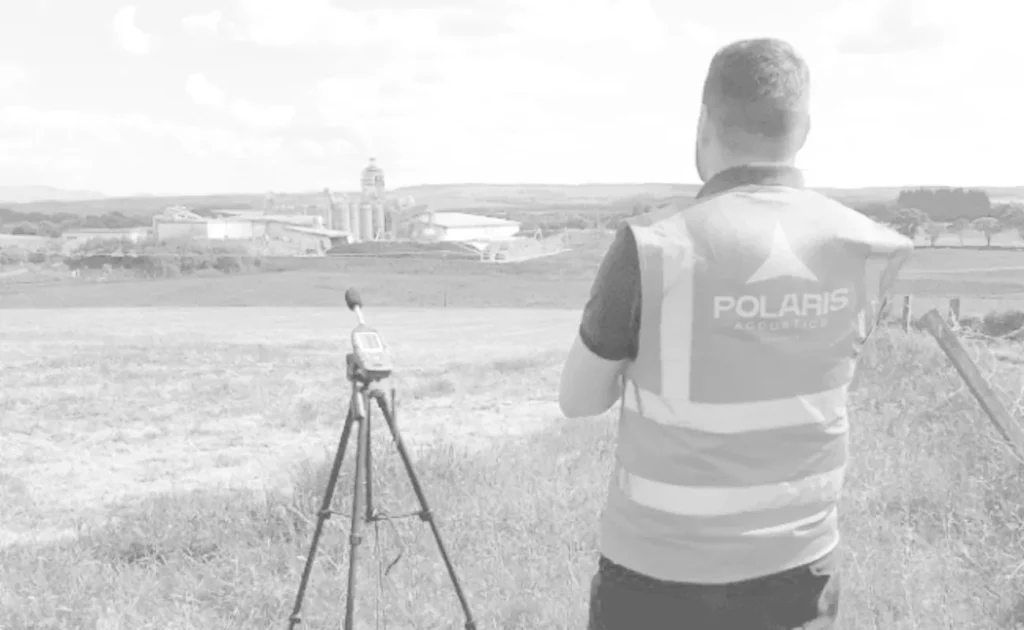In the realm of environmental acoustics, ensuring harmony between human activities and the surrounding soundscape is essential for sustainable development. At the heart of this endeavour lies the BS 8233 assessment? A vital tool for evaluating and managing acoustic environments in outdoor settings. Let’s explore its significance in environmental acoustics.

Decoding BS 8233 for Outdoor Environments
BS 8233 is a British Standard document titled “Guidance on sound insulation and noise reduction for buildings”. It provides guidance on mitigating noise pollution and preserving the acoustic quality of outdoor areas. This includes parks, residential neighbourhoods, and industrial zones.
Essential Components of a BS 8233 Environmental Assessment
- Ambient Noise Monitoring: Conducting comprehensive assessments of ambient noise levels in outdoor environments. Helping to understand baseline conditions and identify sources of noise pollution.
- Noise Propagation Analysis: Evaluating the propagation of noise from various sources, including road traffic, industrial activities, and recreational facilities, to assess their impact on nearby communities.
- Noise Control Measures: Recommending strategies to mitigate noise emissions, such as implementing sound barriers, optimizing transportation routes, and regulating industrial operations to minimize environmental impact.
- Community Engagement: Engaging with stakeholders, including residents, businesses, and local authorities, such as to incorporate community feedback and ensure that noise management strategies align with community needs and preferences.
Significance for Environmental Conservation
BS 8233 assessments play a crucial role in environmental conservation efforts. This is done by promoting sustainable development practices that balance human activities with environmental protection. Furthermore, BS 8233 assessments contribute to enhancing biodiversity, protecting wildlife habitats, and fostering healthier, more liveable communities.
Integration with Urban Planning and Development
Integrating BS 8233 assessments into urban planning and development processes enables policymakers, architects, and developers to design and manage outdoor spaces that prioritize acoustic comfort and environmental sustainability. By considering noise impacts early in the planning phase, projects can minimize adverse effects on neighboring communities and enhance overall urban quality of life.
Conclusion
The BS 8233 assessment emerges as a framework for navigating the complexities within the natural soundscape. Consequently, by embracing its principles and recommendations, environmental stakeholders can forge a path towards sustainable development.
Click here to find out how a noise survey can save your next development’s budget.




